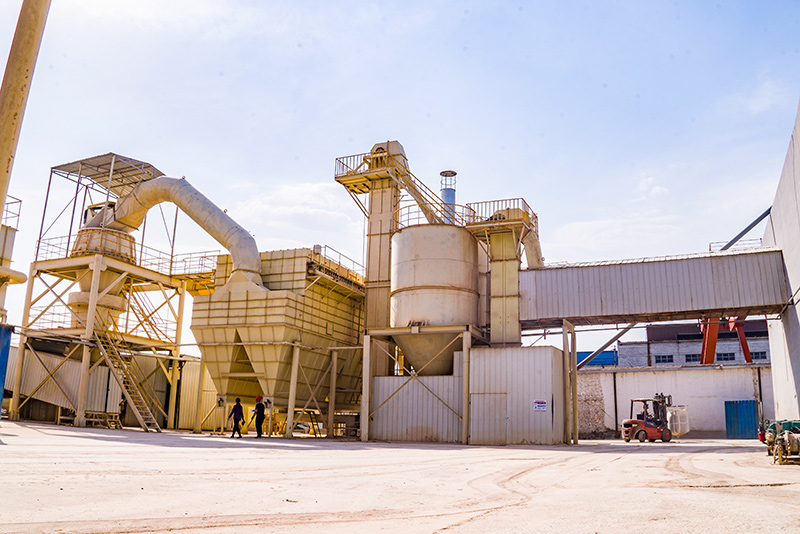Sand Cast Foundry An Overview of the Process and Benefits
Sand casting, also known as sand mold casting, is one of the oldest and most widely used metal casting processes. It involves the creation of a mold from a mixture of sand, clay, and water, into which molten metal is poured to create a desired shape. The process is favored for its simplicity, cost-effectiveness, and versatility in producing intricate designs. This article explores the sand cast foundry process, its advantages, and its applications in various industries.
The Sand Casting Process
The sand casting process begins with the creation of the pattern, which is a replica of the final product. Patterns are typically made from materials such as wood, plastic, or metal. Depending on the complexity of the part, the pattern can be either solid or consist of multiple pieces that make up a core. The pattern is then used to form a mold in the sand.
To create the mold, a mixture of sand and a binding agent, usually clay, is packed around the pattern in a two-part mold box. The sand is compacted tightly to prevent it from shifting during the pouring of molten metal. After the mold has been formed, the pattern is removed, leaving behind a cavity that matches the desired shape of the final casting.
Once the mold is ready, it is heated to eliminate moisture and ensure a smooth finish. The molten metal, heated above its melting point, is then poured into the mold cavity. As the metal cools, it solidifies and takes the shape of the mold. After sufficient cooling, the mold is broken apart to reveal the cast part.
Advantages of Sand Casting
1. Cost-Effectiveness One of the primary advantages of sand casting is its low cost. The materials used for sand casting, like sand and clay, are relatively inexpensive and readily available. Additionally, the process requires less advanced machinery compared to other casting methods, making it accessible for small manufacturers.
2. Versatility Sand casting can be used to create parts in a wide range of sizes and geometries. From small components to large industrial parts, the versatility of sand casting makes it suitable for various industries, including automotive, aerospace, and construction.
sand cast foundry

3. Complex Geometries Sand casting allows for the production of complex shapes and intricate designs that may be difficult or impossible to achieve with other manufacturing processes. The use of cores can further enhance the complexity of the parts being produced.
4. Material Compatibility A wide variety of metals can be used in sand casting, including aluminum, iron, steel, and magnesium alloys. This compatibility with diverse materials allows manufacturers to select the best metal for specific applications.
5. Environmental Impact Modern sand casting techniques can be environmentally friendly. Reusable sand does not generate significant waste, and many foundries recycle sand for future casting processes, minimizing environmental impact.
Applications of Sand Casting
Sand casting is employed in various industries due to its adaptability and effectiveness. In the automotive sector, sand casting is commonly used for producing engine blocks, transmission housings, and various other components. The aerospace industry also utilizes sand casting for turbine housings and components that require lightweight yet strong materials.
Moreover, sand casting is prevalent in the construction industry for creating architectural features and structural elements, such as columns and beams. Even in art and sculpture, sand casting techniques are used to create detailed metal artwork and memorials.
Conclusion
The sand cast foundry process remains a cornerstone of metal manufacturing due to its cost-effectiveness, versatility, and capability to produce complex designs. As technology advances, innovations in sand casting techniques continue to enhance the quality and efficiency of the process. For businesses looking to produce metal components, understanding the sand casting process offers valuable insights into a method that has stood the test of time and remains vital in contemporary manufacturing. The broad applicability of sand casting across different industries underscores its importance in meeting production demands while offering creative solutions for intricate design challenges.
Post time:डिसेंबर . 05, 2024 14:55
Next:sand casting company
